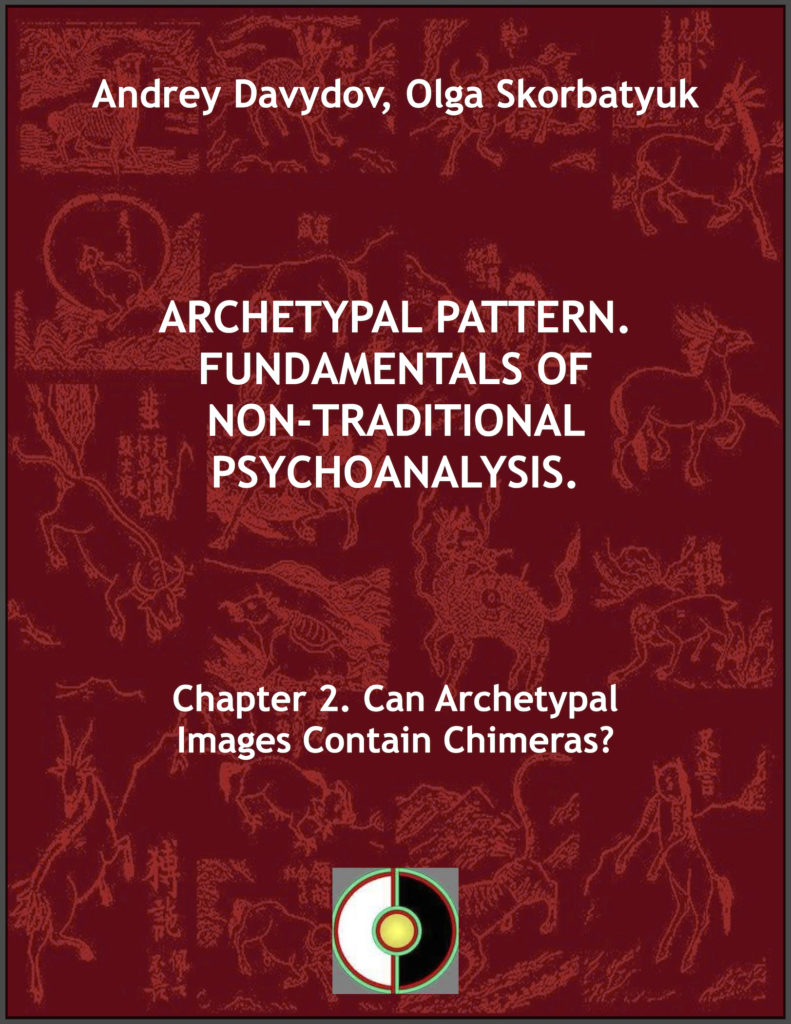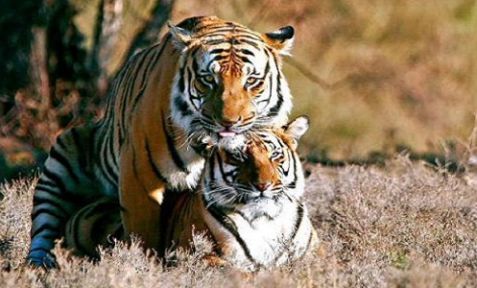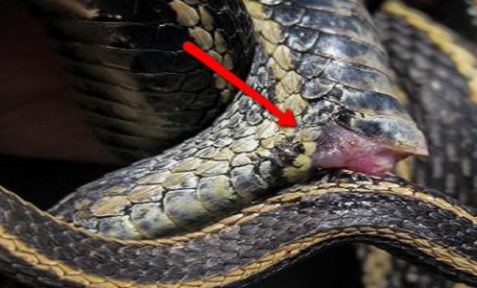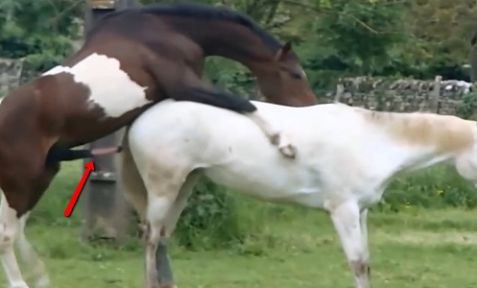ARCHETYPAL PATTERN. FUNDAMENTALS OF NON-TRADITIONAL PSYCHOANALYSIS. Textbook.

ISBN: 9781310658570
(Purchase an eBook or an AudioBook in English or in Russian.)
Can Archetypal Images Contain Chimeras?
Andrey Davydov and Olga Skorbatyuk
Translated by Kate Bazilevsky.
It is logical to suppose that the matrix of human psyche, which, in essence, determines natura hominum1, and which for centuries scientists, philosophers, and mystics are looking for, is recorded by exclusively taking into account its transmission “through nations, centuries and cataclysms.” According to researchers of antiquity, the human race is incredibly old: from tens of thousands of years to tens of millions. And since, as the ancient proverb states “Mother earth shook more than one civilization off its back,” there must be that language, by the means of which all information about nature of human psychophysiology (that is—baseline information about human species) could be passed on from generation to generation, from civilization to civilization. By definition, only the language of natural forms could serve as such. Images of natural objects and phenomena are not only understandable by any inhabitant of the world, regardless of his or her nationality, religious views, level of education and intelligence and so on, but also cannot be destroyed as a result of wars, revolutions, catastrophes, and collapse of cultures, which have occurred in the history of humanity in huge quantities, destroying huge layers of information.
According to researchers, about 10,000 years before the Christian era, there was a period that lasted for several centuries, when any knowledge was suppressed, any information got destroyed, monuments were overthrown, and all material traces of disappeared civilizations were literally erased from the face of the earth. However, here and there huge constructions like the strange monoliths of the Easter Island remained, and to this day they are silent witnesses of lost arts, sciences, disappeared races. Researcher Manly P. Hall, in his book called The Secret Teachings Of All Ages: An Encyclopedic Outline Of Masonic, Hermetic, Qabbalistic and Rosicrucian Symbolical Philosophy, in our opinion, made a correct supposition: “Far-sighted were the initiates of antiquity. They realized that nations come and go, that empires rise and fall, and that the golden ages of art, science, and idealism are succeeded by the dark ages of superstition. With the needs of posterity foremost in mind, the sages of old went to inconceivable extremes to make certain that their knowledge should be preserved. They engraved it upon the face of mountains and concealed it within the measurements of colossal images…” (Hall, 2001, p. 37) Indeed, the sages were trying to preserve valuable knowledge from senseless destruction by savages, who are unable to comprehend the value of this information: “Their knowledge … they hid within mythologies which the ignorant would perpetuate…”
In mythology, mandatory presence of certain natural elements in appearance, clothing and attributes of ancient gods and goddesses unambiguously indicates that “Nature is the source of nutrition for plant, animal, and human life” (Hall, 2001, p. 133). However, nature turned out to be not only the base of resources for the entire human life activity, but also the creator of a universal language, which can be passed on regardless of any kind of social cataclysms. Natural forms themselves turned out to be this ancient language, which does not belong to any one race or culture, and therefore is most suitable for transmission of information about the structure and mechanisms of functioning of human psychophysiology.
Despite many fundamental differences in theories, we consider ourselves followers of the great Swiss psychoanalyst, psychiatrist and founder of analytical psychology—Carl Gustav Jung. Following his footsteps, we also turned to mythology, symbolism and mysticism in search of answers to some of our questions. As it is known, the main function of mythology is that important information about a human and the world gets passed on through it from generation to generation. This factor specifically causes its presence in all cultures, widespread and extraordinary viability throughout the centuries: esoteric and philosophical, religious and ideological systems collapse, disappear, exeunt, get replaced, while mythology was, is and will be. Elements of myths are always present in the life of different nations: in a variety of titles, names, heraldry (which has taken its unicorns, fire-breathing panthers, dragons and many other creatures from these sources). Myths live everywhere: from the culture of samurai helmets to modern automobile design, from carnivals to armies of different countries around the world and components of everyday life of a person of any nationality, even computer icons also represent a certain variant of modern mythology. It is easy to trace that myths of all cultures in essence are identical and their various components in different cultures are identical since they represent the same characters: a dragon and a hydra, a wolf and a werewolf under different names in different nations carry the same symbolic meaning.
On the other hand, while mythology is constantly present in people’s lives, its essence is still not understood: what do mythological stories convey, describe, what are they really about? Although more than enough of all sorts of interpretations exist, the question that interests psychologists is: how can all that what is described in myths practically help the process of learning specific content of the unconscious of a particular person? We think that this question lies almost on the surface, as it is said—veritatis simlex oratio est2: the Egyptian and Greek mythology, the ancient Mysteries, shamanism, bestiary base on images of predatory animals or visions of our contemporaries in transpersonal states, in which people see themselves as animals—this indicates that people contain these animal forms within themselves. Such supposition has already been confirmed by our research, and it was uncovered how it is necessary to decrypt this or that animal image in order to obtain specific information about particular psychophysiological properties and qualities of the person being studied. However, the following question emerges: why in the ancient mystical and religious cults and practices, in myths and various psycho-techniques (ancient and modern) images of animals are often presented as chimeras? What is it that they are pointing to as far as learning of the content and mechanisms of functioning of human psyche? Therefore, we hypothesized that images of archetypal pattern can have chimerical images…
To read more purchase in English or in Russian.
Footnotes
1 (Lat.) nature of human beings; human nature
2 (Lat.) check by simple
3 …
References
Hall, M. P. (1928). The Secret Teachings Of All Ages: An Encyclopedic Outline Of Masonic, Hermetic, Qabbalistic and Rosicrucian Symbolical Philosophy. San Francisco: H.S. Crocker Company, Inc. Scanned November 2001, by Hare, J. Retrieved September 10, 2014, from http://www.framsteget.net/gratis/TheSecretTeachingsOfAllAges.pdf.
Ezhov, V. V. (2003). Mify Drevnego Kitaya [Myths of Ancient China]. (Ill. Myths of Nations of the World) Moscow: Astrel.
Yanshina, E. M. (Trans.). (2004). Katalog Gor I Morej (Shan Hai Tszin) [Catalog of Mountains and Seas (Shan Hai Jing)]. (2nd ed.) Moscow: Ripol Classic.
Terentev-Katansky, A. (2004). Illyustratsii k kitayskomu bestiariyu: Mifologicheskiye zhivotnyye drevnego Kitaya [Illustrations to Chinese Bestiary: Mythological Animals of Ancient China]. St. Petersburg: Forma T.
© 2005 Andrey Davydov, Olga Skorbatyuk
Translation © 2014 Kate Bazilevsky






